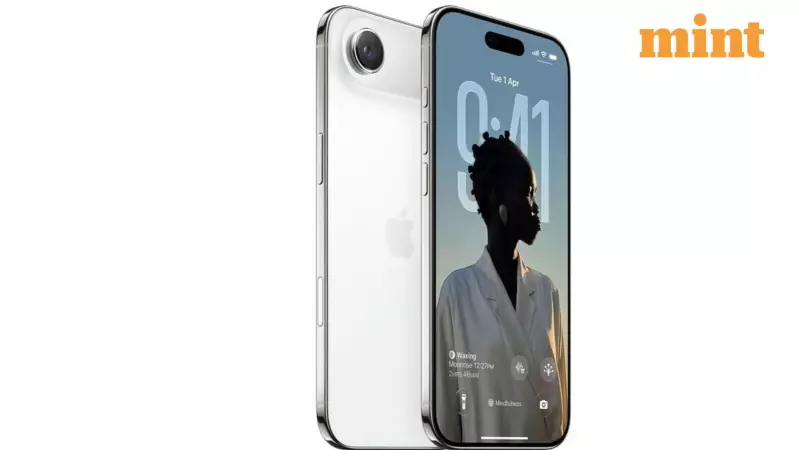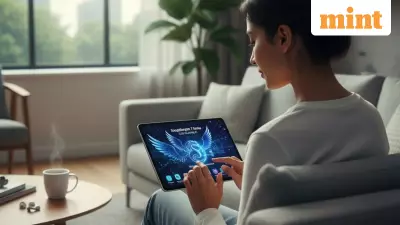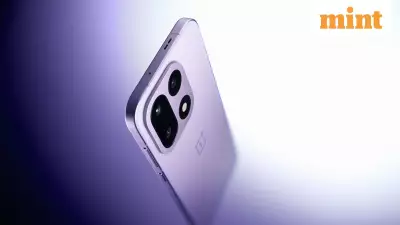
Apple's upcoming iPhone Air model is generating significant buzz as new reports shed light on the device's potential features, revised timeline, and strategic importance within Apple's product ecosystem. Insights from Bloomberg's Mark Gurman and The Information reveal a device that breaks from Apple's traditional annual release pattern while serving as a testing ground for future technologies.
Revised Timeline and Camera Considerations
The development timeline for the next-generation iPhone Air appears more flexible than initially planned. According to reports from The Information, Apple pushed back the iPhone Air 2 launch due to lower-than-expected sales of the current model. The publication suggested the company wanted additional time to potentially integrate a second rear camera into the device.
However, Mark Gurman's reporting presents a different perspective. His account indicates that Apple never intended to release the device next year in recent months, suggesting the Air line was always planned to operate outside Apple's typical annual iPhone release rhythm. This positions the iPhone Air as a product category with its own distinct development schedule rather than following the conventional yearly update cycle.
The possibility of adding a second rear camera appears uncertain based on Gurman's analysis. He notes that the current camera area is already crowded, and reworking this section to accommodate what he describes as "the least-used iPhone lens" would require substantial engineering effort for a model with a relatively limited customer base.
Central Focus: 2-Nanometer Chip Technology
The primary technological advancement planned for the next iPhone Air involves a significant leap in processor technology. Gurman reveals in his Power On newsletter that the main objective for the device is transitioning to a new 2-nanometer processor.
This next-generation chip, expected to be called the A20, will likely be manufactured using TSMC's advanced N2 process. The move to 2nm technology should deliver noticeable improvements in both energy efficiency and battery life, addressing key concerns for modern smartphone users. This processor upgrade forms the central development focus for the upcoming iPhone Air model.
Strategic Positioning and Future Roadmap
Apple originally projected that the iPhone Air would account for approximately 6% to 8% of new iPhone sales, positioning it as a modest seller within the broader iPhone lineup. This sales expectation mirrors the performance of the iPhone 16 Plus, indicating Apple views the Air as a specialized product targeting specific consumer segments rather than a mass-market flagship.
Gurman outlines Apple's planned release schedule extending into 2026 and beyond. According to his reporting, Apple might introduce the iPhone 18 Pro, iPhone 18 Pro Max, and its first foldable iPhone in autumn 2026. Approximately six months later, the company is likely to release the standard iPhone 18, iPhone 18e, and possibly an updated iPhone Air model.
This staggered release pattern represents a significant shift in Apple's product strategy, with the company expected to launch between five and six new iPhone models each year moving forward.
Testing Ground for Foldable iPhone Technologies
Beyond its market position, the iPhone Air serves a crucial internal purpose within Apple's development ecosystem. Gurman indicates the device functions as a platform for technologies destined for Apple's foldable iPhone.
The Air line allows Apple to test and refine various components and systems that will eventually support the company's entry into the foldable smartphone market. These include advanced materials, miniaturization techniques, internal components, battery systems, and software optimizations that begin their development cycle in the iPhone Air before migrating to the foldable form factor.
This strategic approach enables Apple to validate new technologies in a more conventional device before implementing them in the more complex foldable iPhone, potentially reducing development risks while accelerating innovation.





